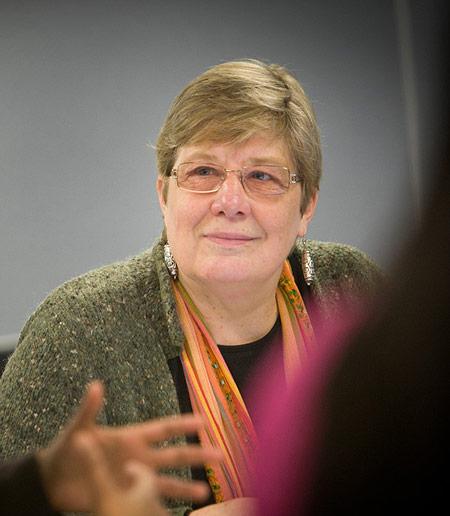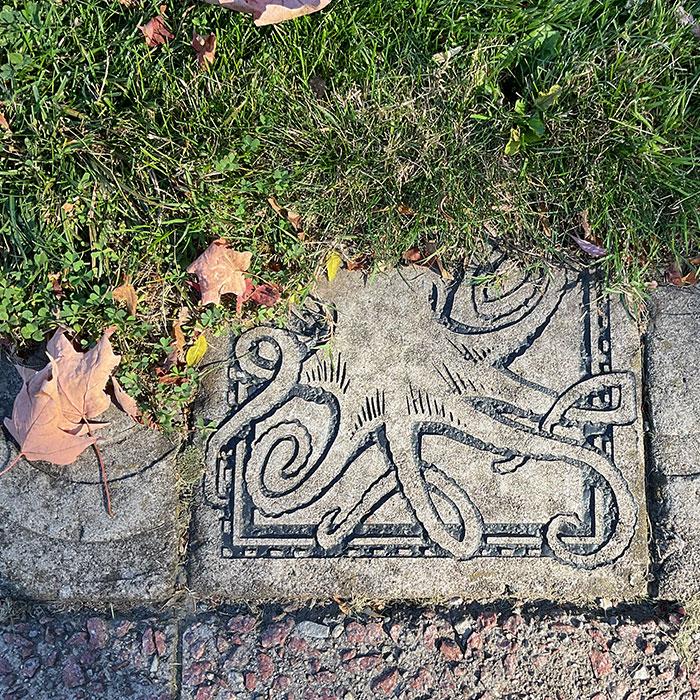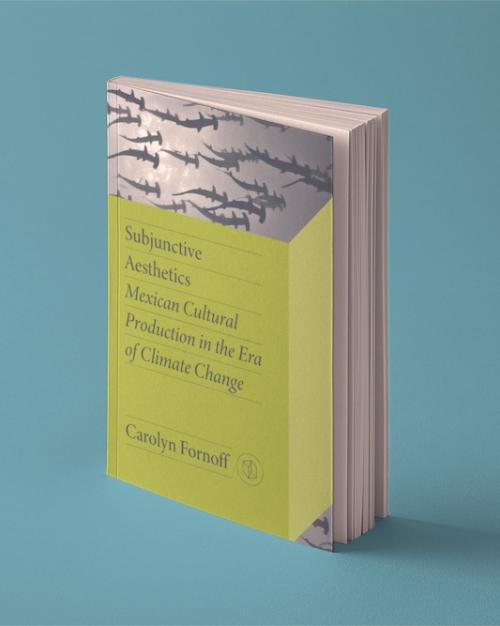Between 2010 and 2013, the southern U.S. and Mexico experienced a historic drought. Said to be the worst in 70 years, the drought hit Mexico particularly hard, causing food and water shortages. Many migrated.
This drought and its effects prompted scholar Carolyn Fornoff, who is from Texas, to think about how artists and filmmakers in Mexico document environmental issues.
In her book “Subjunctive Aesthetics: Mexican Cultural Production in the Era of Climate Change,” Fornoff, assistant professor of Latin American Studies in the College of Arts and Sciences, explores how contemporary Mexican writers, filmmakers and visual artists have reacted to climate change – and to an incongruous approach to the crisis by a Mexican government that has positioned itself as a leader in the fight against climate change while escalating extractions.
“In contrast with the mainstream media, I found that art and literature were better able to connect the dots between local manifestations of climate change and their global causes, from the legacies of colonialism to current fossil-fuel emissions,” Fornoff said. “I think that the arts are uniquely capable of performing the sort of scalar work that the climate crisis requires, simultaneously zooming in and out in order to help us perceive the whole, while not forgetting individual stories.”
The book is featured in a Chats in the Stacks event on March 6 at 4:30 p.m. in Olin 107 and online.
The College of Arts and Sciences spoke with Fornoff about the book.
Question: What power do art, literature and film have to hold governments and corporations to account, especially in the realm of climate change?
Art, literature, and film offer ways of telling other stories about planetary relation beyond accumulation. They are also vehicles for illustrating the inequities of climate change, in which those who are responsible for the bulk of emissions are not those who are most vulnerable to its effects.
As a researcher, I am situated in the interdisciplinary field of the environmental humanities. We assert that climate change is not just an economic problem or a scientific problem, but a cultural problem. That is, it is a matter of the stories that we tell about our relationship with the planet and the values that we hold.
If we continue to perceive the environment as only valuable in so far as it provides an economic benefit, we are erasing other forms of valuation and relation that have been practiced historically and that do not lead to environmental exhaustion.
Q: Would you highlight an artist in the book who is using subjunctive aesthetics to point out and counter extractivism and climate change?
The first chapter of the book is dedicated to the work of Verónica Gerber Bicecci, a self-described “visual artist who writes.” Gerber Bicecci often uses the tactic of intensive rewriting, reproducing texts from the past by canonical Mexican authors like José Juan Tablada and Amparo Dávila, and then making surgical revisions to those texts to make them speak to ongoing environmental crisis.
I see Gerber Bicecci’s work as enacting a sort of dwelling in an inherited structure, akin to the way that we inhabit a planet defined by past extractivism and emissions. And yet, even from within the confines of that inherited structure, Gerber Bicecci signals the power of reworking the old to make it speak to us anew. Rewriting is restricted by conditions imposed in the past, but it also signals the potency of creative reinvention: textual composting to nourish the future.
Q: What do you hope readers of this English language study learn from the writers, artists and filmmakers who are creating primarily in Spanish, particularly in the subjunctive mood?
With the term “subjunctive aesthetics,” I aim to describe a turn away from art’s evidentiary role in proving environmental crisis, and a turn toward art’s imaginative potential to imagine the world otherwise. As I was thinking about how to describe this aesthetic shift away from what is and toward what could be or what should be, I began to think about the power of language and of the subjunctive mood in particular to express the world otherwise.
In the English language, we use the subjunctive without being aware of it, because it has no notable conjugation. In the Spanish language, the subjunctive is used to express desires, doubts, emotions, and possibilities, and more, and it is encoded in conjugation. Mastering the subjunctive in Spanish as a second language learner is really challenging. But precisely for that reason I think it is an excellent way to theorize environmental aesthetics that stretch our brains to think in ways that they have not thought of before.
Q: What are your greatest hopes for art and literature to slow or halt climate crisis?
The arts cannot solve the climate crisis, which requires systematic structural change toward a model of degrowth. But what the arts can do is perform incredibly powerful imaginative work. Before we put something into practice, first it must be thought. Then it must be expressed. This is the power and the possibility of language, the imagination, and cultural expression.





